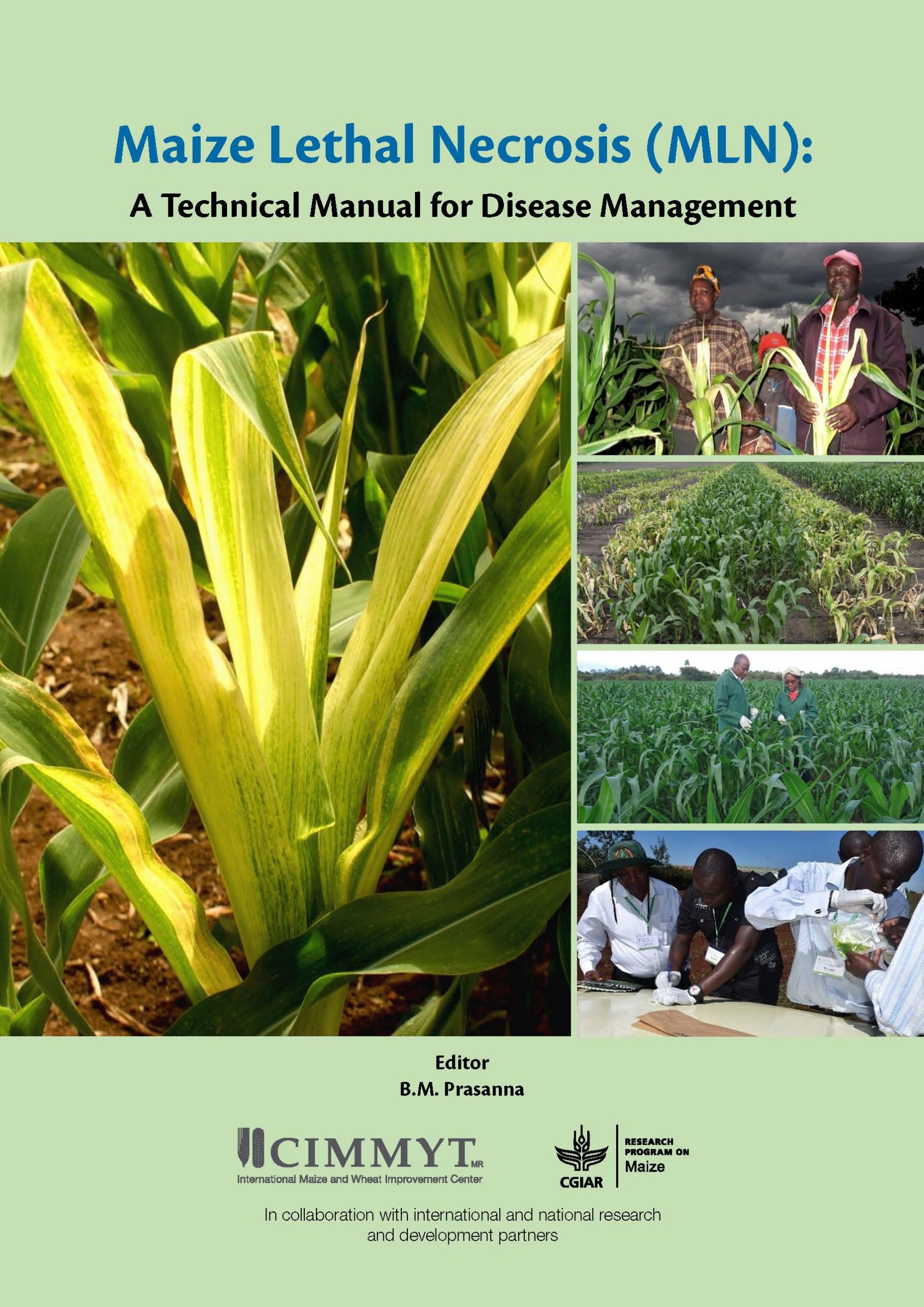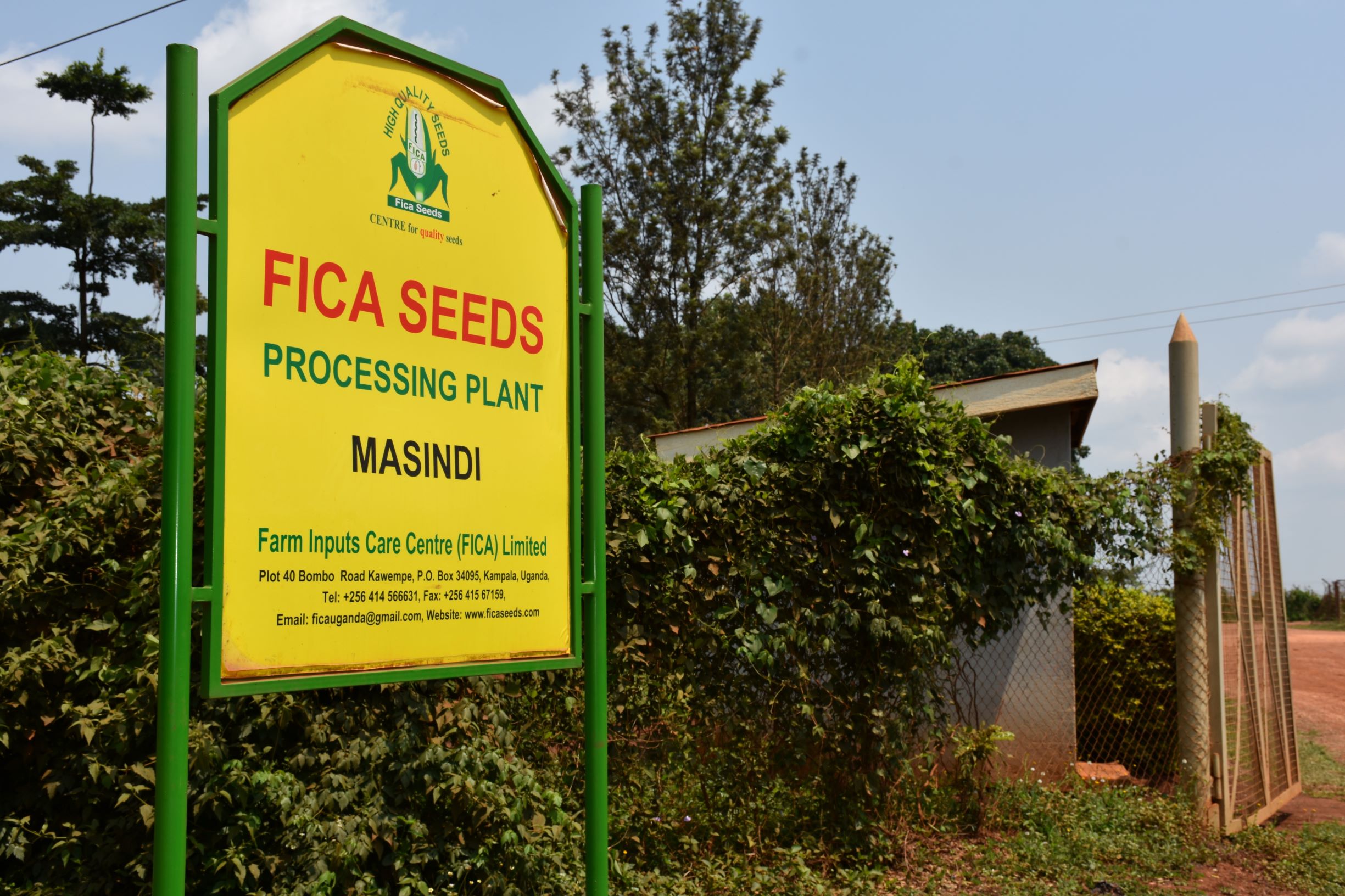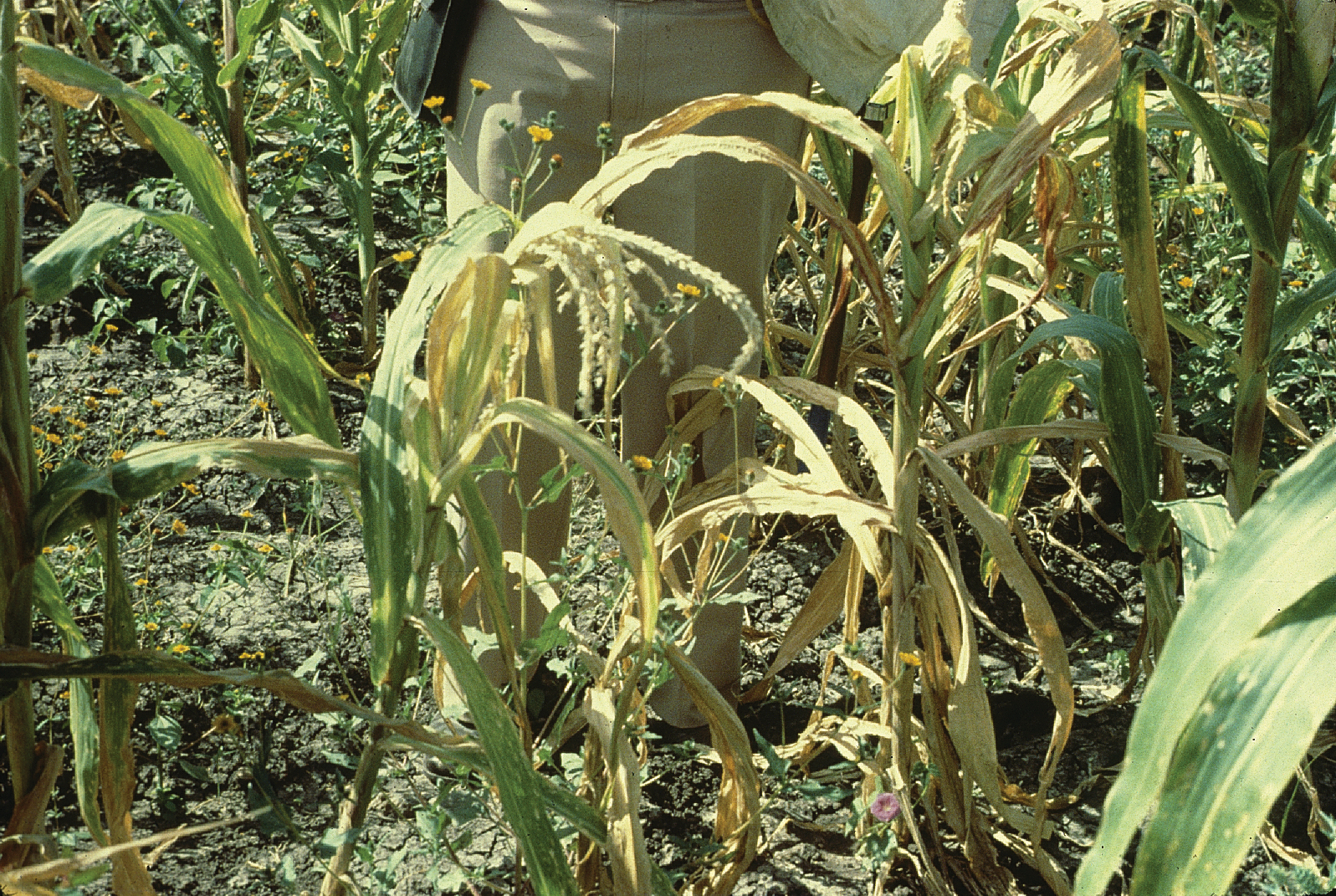
Since its first detection in Kenya in 2011, Maize Lethal Necrosis (MLN) has spread to neighboring countries, severely affecting yields and compromising seed quality. The disease poses a serious risk, particularly in Sub-Saharan African regions where maize is a dietary staple and a cornerstone of rural economies.
In response, CIMMYT in association with IITA, in collaboration with the Kenya Plant Health Inspectorate Service (KEPHIS) and the Kenya Agricultural and Livestock Research Organization (KALRO), developed the Maize Seed Tracker (MST)—a digital decision support tool designed to promote clean, MLN-free seed production and strengthen decision-making across the maize value chain.
A Tool Designed for Precision and Prevention
MST is a mobile– and web-based application built on the Open Data Kit (ODK) platform. Designed for flexibility, it functions both online and offline, allowing users to collect and upload GPS-tagged, time-series data from any location. Seed producers can log essential information, such as farm history, disease scouting and surveillance observations, and post-harvest assessments. All data is securely synchronized and shared with relevant authorities, ensuring real-time monitoring and timely regulatory oversight.
The system supports the implementation of Standard Operating Procedures (SOPs) for MLN-free seed production and offers proactive, real-time risk assessments to guide growers in selecting low-risk production sites and implementing timely interventions. By enabling traceability, facilitating early disease detection, and effective disease management, the MST significantly reduces the risk of seed crop rejection, minimizes production losses, and improves the profitability of seed enterprises.
Capacity Building Through Targeted Trainings
To promote the adoption and practical use of MST, CIMMYT and its partners rolled out capacity-building sessions in December 2024. The first training, held on December 3 in Marigat, Baringo County, brought together 112 participants, including seed company representatives, seed growers, agricultural officers, and scientists from KEPHIS, KALRO, and CIMMYT. The second training course took place on December 4 in Weiwei, West Pokot, and engaged 92 participants from the Weiwei and Marich irrigation schemes.
During these sessions, participants received hands-on training in using MST, identifying MLN symptoms, and applying quality seed production practices. They acknowledged the tool’s value in enhancing disease management and emphasized the need for more practical demonstrations, especially to support farmers without access to smartphones or digital tools.
A Path Toward MLN-Free Seed Systems
The MST initiative is a core component of a broader Plant Health Initiative, designed to bolster the resilience of maize seed systems through targeted digital innovation. By delivering real-time, geo-referenced data, the tool facilitates collaboration among farmers, seed companies, and regulatory agencies such as the Kenya Plant Health Inspectorate Service (KEPHIS). The tool not only strengthens early detection and traceability but also streamlines seed certification processes and supports timely decision-making across the seed value chain.
During recent capacity-building sessions in Marigat and Weiwei, participants voiced strong optimism about the tool’s potential to curtail the spread of MLN and restore confidence in seed quality. As more farmers and institutions adopt this technology, Kenya’s maize seed production sector is poised to become more transparent, coordinated, and disease resilient.
Suresh L.M., maize pathologist, says, “The digital decision support tool to enable MLN-free commercial seed production is a key step to support seed producers, seed growers, and regulators in timely monitoring of MLN and reducing risk.”
As the fight against MLN continues, the Maize Seed Tracker emerges not only as a critical tool for safeguarding seed systems but as a testament to how data-driven innovation can fortify the future of African agriculture—protecting livelihoods, restoring trust, and securing the continent’s most vital staple crop.
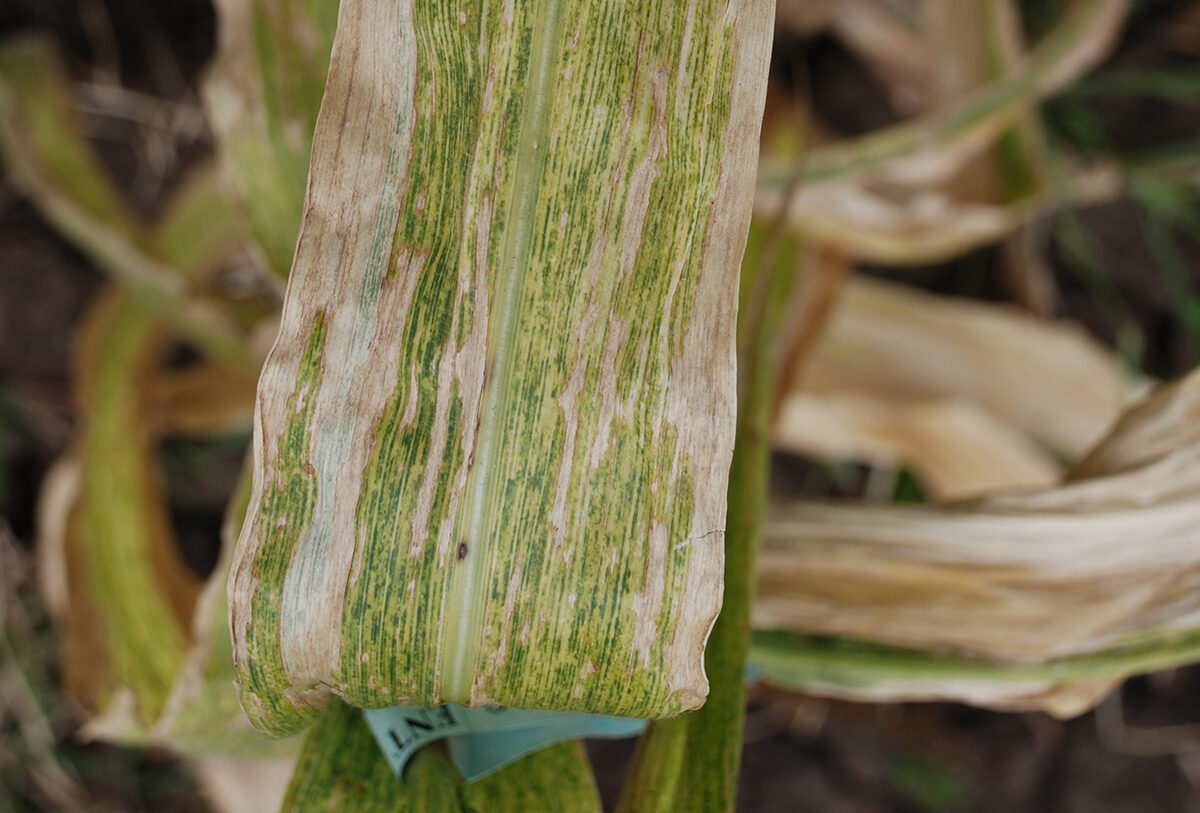
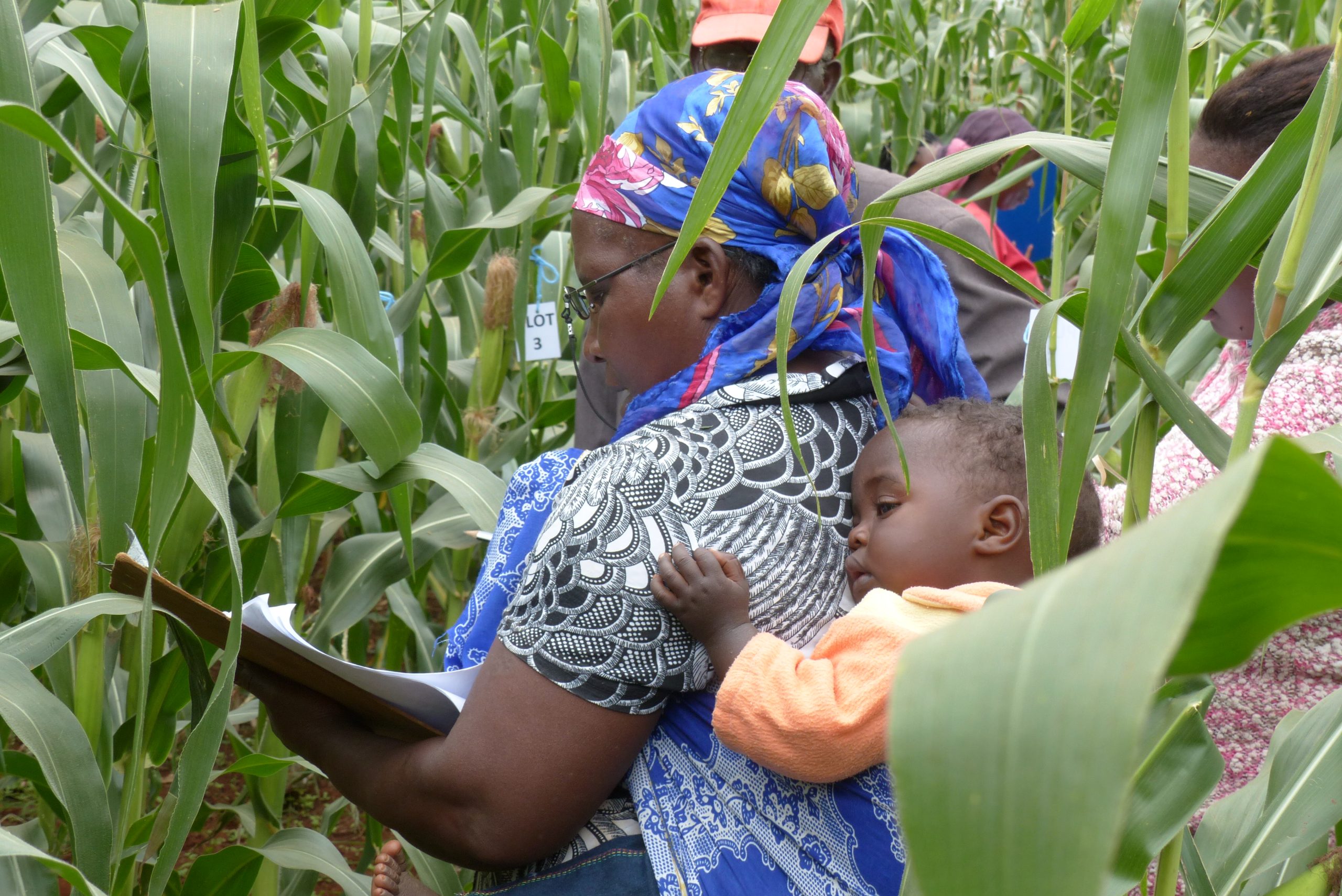
 Capacity development
Capacity development 